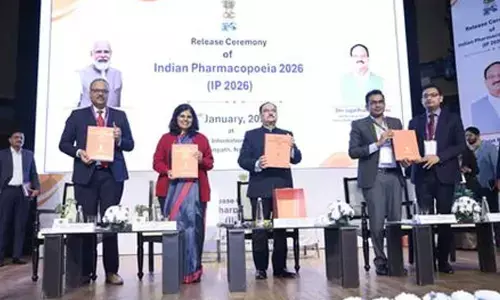Restoring Sagar to its pristine glory

Restoring Sagar To Its Pristine Glory. Our crowded cities offer few ecosystems where children and adults can rejoice in the nature. View from the shortage of lung spaces in cities, there is an urgency to conserve and effectively Hussain Sagar Lake to use.
Our crowded cities offer few ecosystems where children and adults can rejoice in the nature. View from the shortage of lung spaces in cities, there is an urgency to conserve and effectively Hussain Sagar Lake to use. This magnificent lake, constructed in 1562 AD to meet irrigation needs, serves as a source of recreation for the denizens of Hyderabad and Secunderabad.

With parks, picnic zones, exercise areas and boating facilities, Hussain Sagar area attracts tourists and residents, the young and the old. It offers the public freedom from the daily burden of pollution, a getaway from concrete edifices and congested roads.
However, the lake is severely polluted and stinks because of untreated domestic sewage and toxic industrial effluents discharged into it. The annual immersion of Ganesh idols exacerbates the problem. It pains to learn that the once expansive lake has halved in size over the years.
Hussain Sagar and the parks around it are well visited. Lumbini Park alone gets on average one million visitors per year. However, visits to the area could be better managed and the recreational experience would improve with some investments and if the lake is cleaned up.
If cleaned up, the lake could one day open facilitate other recreational activities such as fishing and swimming. It would turn its environs into a home for rich biodiversity. The government had in the past attempted to clean the lake. However, the efforts were half-baked and did not fructify.
There are, of course, costs associated with cleaning and maintaining lakes and parks. The government often contends that its ability to clean the Hussain Sagar is constrained by available resources. But, don’t the benefits accruing from cleaning of the lake far outweigh the costs incurred? It also needs to be explored if higher entry fees etc can fund the expenditure by the government on the lake clean-up.
To examine these issues, the Center for Economic and Social Studies (CESS) and the South Asian Network for Development and Environmental Economics surveyed 800 (frequent and less frequent) visitors to the area. The survey included three simple questions: 1) How many times did you visit the lake during the last 12 months? 2) How many times would you like to visit the lake if water quality and other facilities in Lumbini Park (next to the lake) improved? And 3) How many times would you like to visit the lake if water quality and other facilities in Lumbini Park improved, along with a hike in the entry fee?
The results of this effort are intriguing.
There are huge benefits that the citizens of the twin cities perceive from the lake and its surrounding parks. They are aware of the need for improvements and are willing to pay for these improvements. Frequent visitors said that they visited the lake on average 3 times in the last 12 months and they would increase their visits to 5 if certain improvements were made. In-frequent visitors are also likely to double their visits.
At present, the entry fee to Lumbini Park is Rs 10 for adults and Rs 5 for children. The average surveyed citizen indicated that he/she did not mind paying entry fees up to Rs 30, if the lake’s water quality improves. Our study recommends increasing the entry fee from Rs 10 to Rs 20 for adults, with prices remaining unchanged for children. An entry fee of Rs 20 per adult visitor will result in a decline in the annual number of visitors. However, the potential revenue the government can earn from fees will increase by some 80%.
Visitors to the Hussain Sagar area would like to see several improvements. They want to see an increase in water sports and drinking water facilities, improved food quality, good seating arrangements, an increase in the number of trashcans and restrooms, extra security with CC Camera, banning of illegal activities and declaration of the area as a plastic-free zone.
Any gain in revenues from increasing entrée fees can be used to improve both water quality and these park facilities. It is time for the park authorities to recognise that the residents of the twin cities deserve a clean and safe urban oasis. An increase in entry fees, additional investment and a commitment to reducing pollution can help them make the Hussain Sagar and its many parks a truly welcoming public space. (Mishra is Assistant Professor, School of Economics, University of Hyderabad and Priya is Executive Director, South Asian Network for Development and Environmental Economics)














